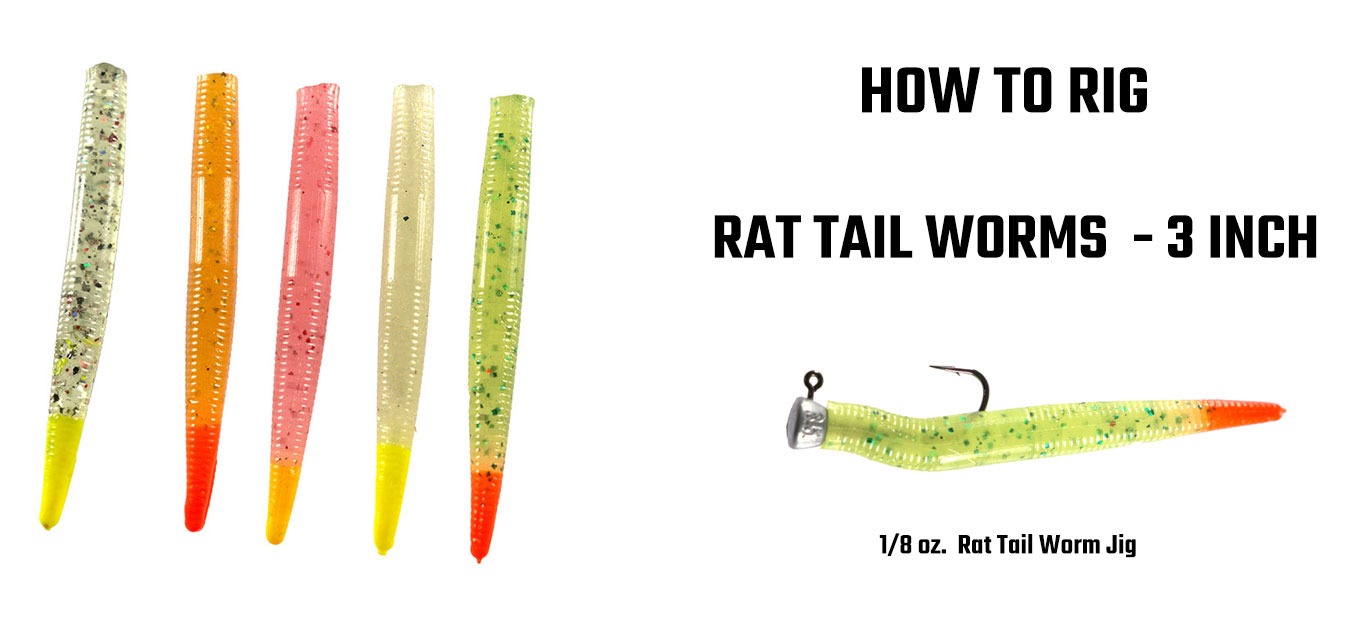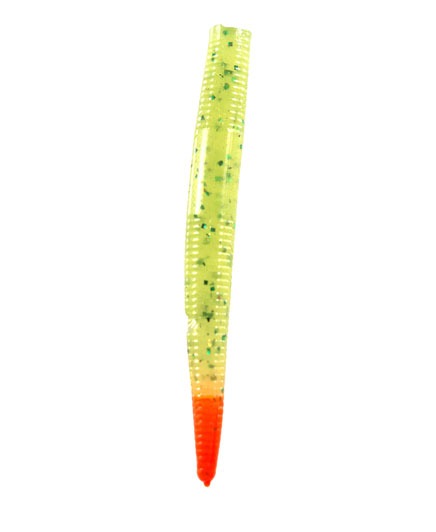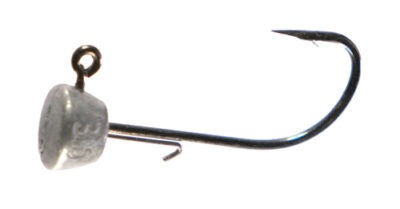Description
In 1968, my brother Charlie and I went on a fishing trip to Palacios, Texas with not much cash between us. It was beer on bait, we bought beer. Digging through my tackle box, I took some Crappie Jigs and cut A 6 inch Bass worm in half and made small worm Rigs, we used under a popping cork. They worked. I’ve been using them ever since. Caught my biggest Reds and Trout on these small baits; I call Rat Tail Worms. 1/8 oz. jig. Fish with popping cork or let the bait sink to bottom and then shake the rod tip to make it quiver. Give the jig a 6- to 12-inch pull, pause and then reel slack and repeat. You’re making the back of the bait quiver; when you stop, the bait pivots and goes tail-up . The Rat Tail Worm remains a non-threatening presentation to which fish react positively. You can sight fish for really spooky reds up on clear shallow flats. A Rat Tail Worm has been really effective when other baits aren’t – when there’s so many baitfish in the water that trout looking for huge meals, but for selective opportunities. Same deal under heavy fishing pressure. Colder water, cold fronts and when the barometer is switching from low to high, go with a longer pause, because fish typically strike after the snap, when the bait is descending, give the bait one or two hard twitches and let it fall back to bottom. Try to maintain contact with it at all times, because these big, sluggish trout don’t thump the bait aggressively. Rather, they sort of sit on it, and all you feel is a sudden weight on the line, almost like you’re hung on the bottom.

When the water gets warm, a slightly more aggressive retrieve to entice a reaction. Keeping his rod tip low, give the bait a hard snap, followed by a pause. Similar to working a jerk bait. These baits are the perfect match for so many of the small creatures eaten by inshore predators—marine worms, shrimp. The upright posture on a jig-head shows fish a lively morsel that moves with the slightest underwater current—even when you’re not moving your rod at all.

